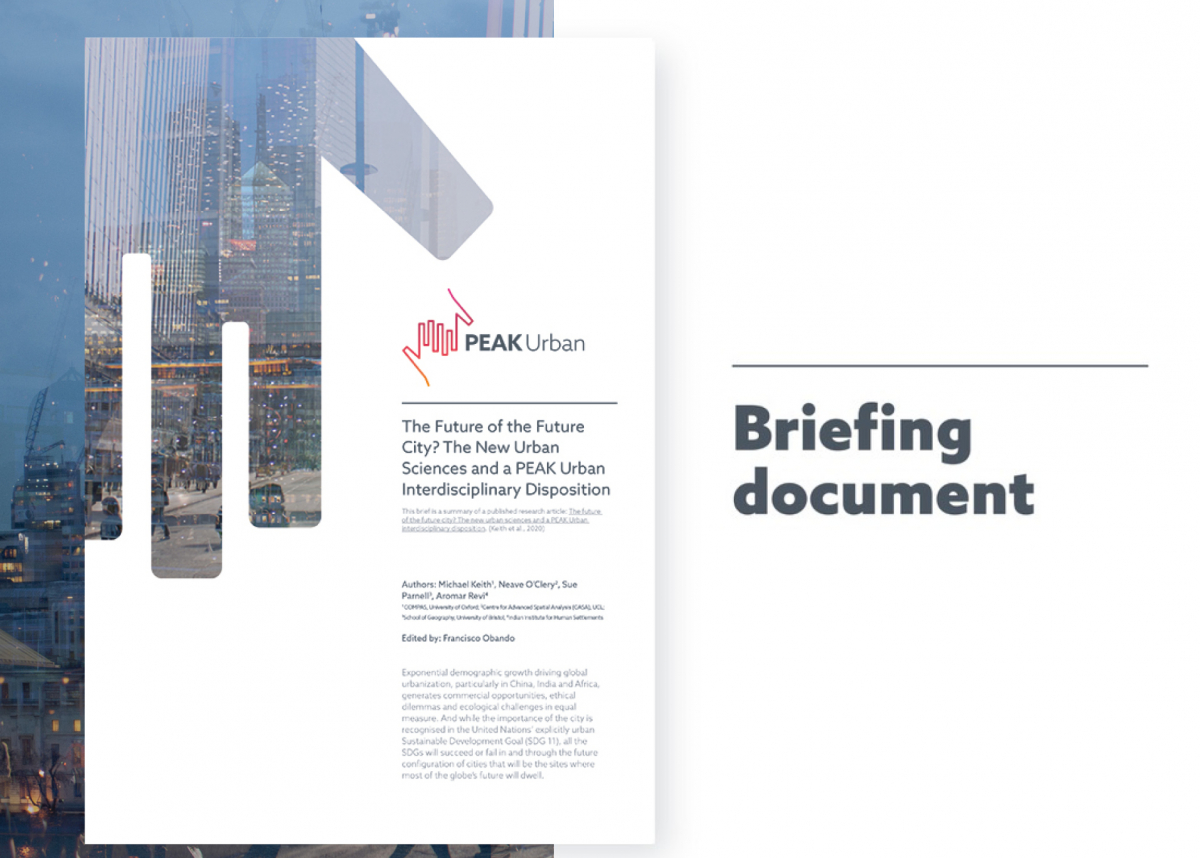
Designing walkable cities and neighborhoods in the era of urban big data
In this paper, we discuss walkable cities from the perspective of urban planning and design in the era of digitalization and urban big data.
We start with a brief review on historical walkable cities schemes; followed by a deliberation on what a walkable city is and what the spatial elements of a walkable city are; and a discussion on the emerging themes and empirical methods to measure the spatial and urban design features of a walkable city.
The first part of this paper looks at key urban design propositions and how they were proposed to promote walkability. The second part of this paper discusses the concept of walkability, which is fundamental to designing a walkable city. We emphasize both the physical (walkways, adjacent uses, space) and the perceived aspects (safety, comfort, enjoyment), and then we look at the variety of spatial elements constituting a walkable city. The third part of this paper looks at the emerging themes for designing walkable cities and neighborhoods.
We discuss the application of urban big data enabled by growing computational powers and related empirical methods and interdisciplinary approaches including spatial planning, urban design, urban ecology, and public health.
This paper aims to provide a holistic approach toward understanding of urban design and walkability, re-evaluate the spatial elements to build walkable cities, and discuss future policy interventions.

